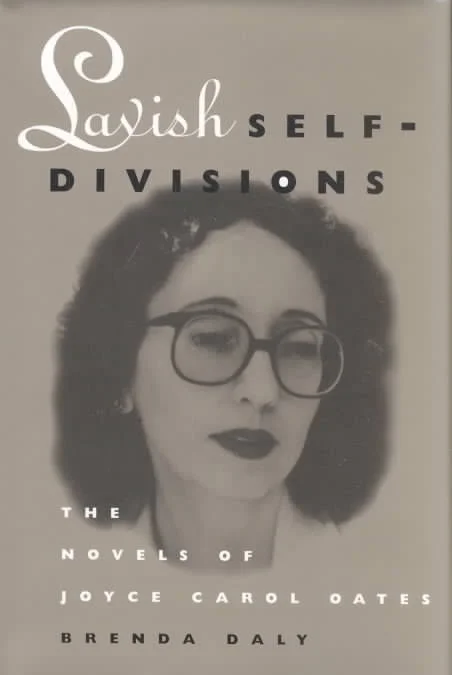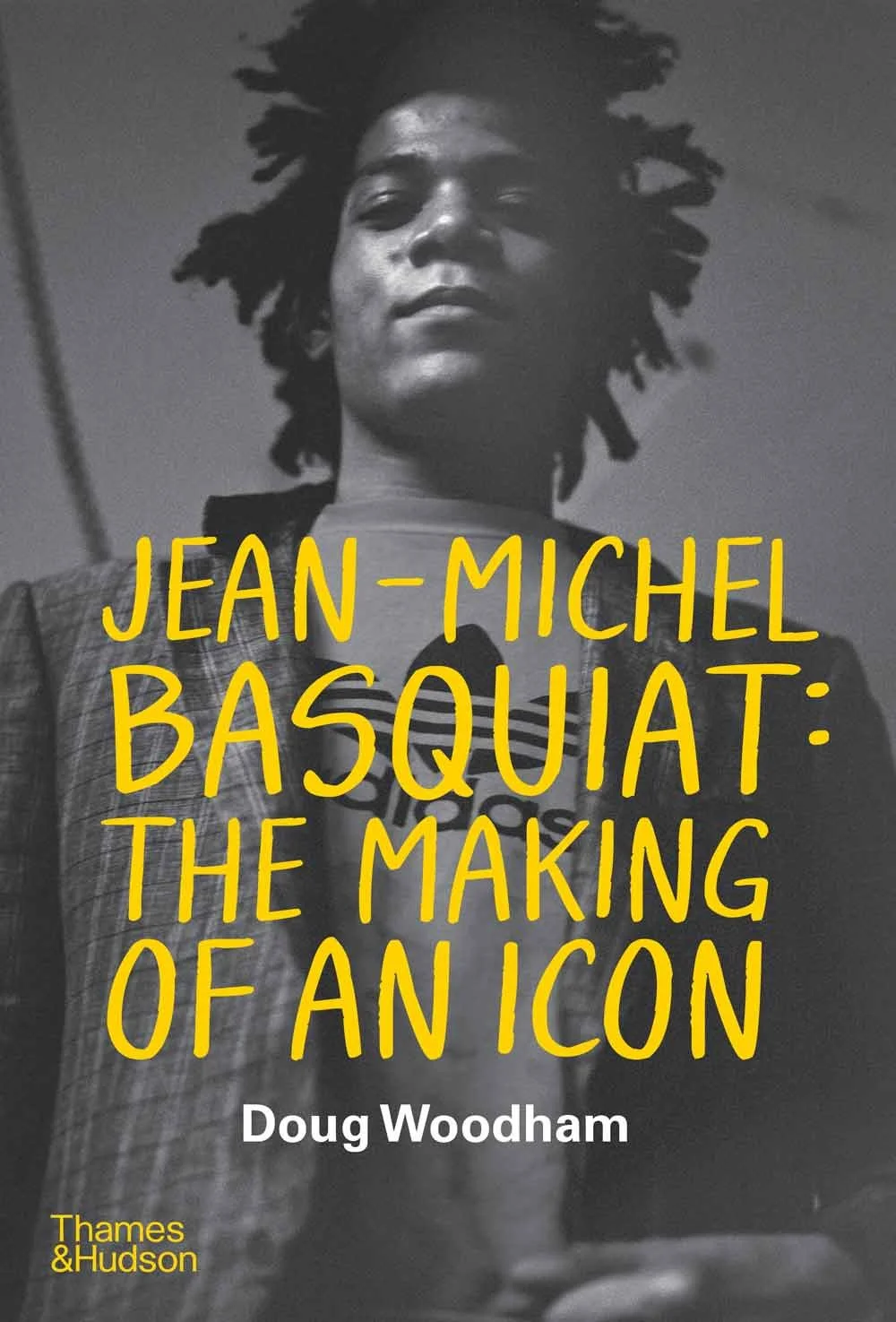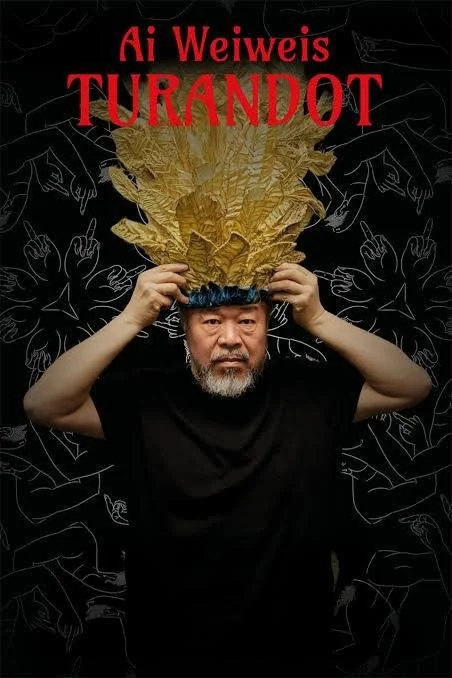Not only is the writing process invisible—a process of dreaming, imagining, envisioning–the (woman) writer is also invisible, according to Joyce Carol Oates. Since Oates has been a public figure for decades–she appeared on the cover of Newsweek in December 1972–how can she possibly describe herself as invisible? The answer, she says, is that a woman is not truly “seen;” she is more often defined and judged in terms of her body–is she an attractive or unattractive woman?—rather than in terms of her writing. Thus, her true self, her thinking, creating, observing self, is a phantom–invisible. Yet, as Oates’s creativity demonstrates, to be an invisible woman is not necessarily disabling. For while a woman is intensely immersed in the creative process, she is not limited by how others perceive her. While imagining herself as “other,” dividing herself into different characters, a (woman) writer escapes gendered notions of identity. Describing her creative process, Oates has said, “Most writers divide themselves up lavishly in their novels” (New Heaven, New Earth). She has also asked, in an essay published in 1984, “Does the Writer Exist?” (New York Times Book Review), a question she answered in 1994: “’JCO’ is not a person, nor even a personality, but a process that has resulted in a sequence of texts” (Keepsake on exhibit, University of Rochester Library).
If such a notion of an authorial self, or selves, seems extreme, we have only to reflect upon our own experiences of “self” while engaged in a creative activity. At such times—whether as writers, musicians, painters, or even as readers–we may lose all awareness, not only of the passage of time, but also of our social selves. Deeply immersed in a novel, engaged in a kind of “time travel” (another Oates metaphor), we imaginatively divide our reading selves into different genders, races, classes, and nationalities. To apply to readers another of Oates’s metaphors for writing, while reading we may “marry” ourselves to different characters, wedding our minds to theirs and, in some instances, refusing fidelity to “them.” (See, for example, how this metaphor is employed in Oates’s short story collection, Marriages and Infidelities). If the writing is powerful enough—if the writer has successfully imagined herself as “them”—we, her readers, willingly suspend our disbelief to become “them,” if only temporarily. In short, while engaged in reading, we become invisible. Some readers may resist such deep engagement, especially when asked to imagine those who commit acts of violence; however, as Oates has stated, she writes in order to “bear witness” for—and to develop readers’ sympathies for— those who are too poor or uneducated or unsure to speak for themselves (Kenyon Review, Fall 2014).
In a book‐length study titled Lavish Self-Divisions: The Novels of Joyce Carol Oates (Mississippi UP, 1996), I examine Oates’s notion of an invisible writer, as well as her multivocal and historical concept of authorship. As stated in the book’s introduction, the name “Joyce Carol Oates” does not refer to an absent writer, but rather to the many voices and texts represented in novels published between 1964 to 1994 under the name “Joyce Carol Oates.” In each decade, Oates’s novels reveal a different author‐self: an anxious author in the 1960s; a dialogic author in the 1970s; a communal author in the 1980s. Of course, Oates has published many novels since 1994, as well as novellas, short stories, poetry, plays, critical essays, book reviews, art criticism, journals, and a memoir. Joyce Carol Oates has also written novels under at least two pseudonyms, Rosamond Smith and Lauren Kelly. She continues to be a visible public figure, as, for example, when President Obama awarded her the National Medal of Humanities in 2010. Yet in a twitter post in July 2016 Oates insisted, once again, that the writer does not exist: “The artist remains within or behind or beyond or above his handiwork, invisible, refined out of existence.”
Brenda Daly
University Professor of English Emeritus, Iowa State University
Brenda Daly’s scholarship on Joyce Carol Oates’s novels and short stories includes numerous articles and one book, Lavish Self-Divisions: The Novels of Joyce Carol Oates (1996). She has also published a personal scholarly book, Authoring a Life: A Woman’s Survival in and through Literary Studies (1998), and co-edited a collection, Narrating Mothers: Theorizing Maternal Subjectivities (1991). She has published numerous articles on multicultural pedagogy and contemporary women’s trauma narratives and phototexts. She is a former director of Iowa State University’s Center for Excellence in the Arts and Humanities (2005-2008), and a former editor of the National Women’s Studies Journal (2004-2007).














































































